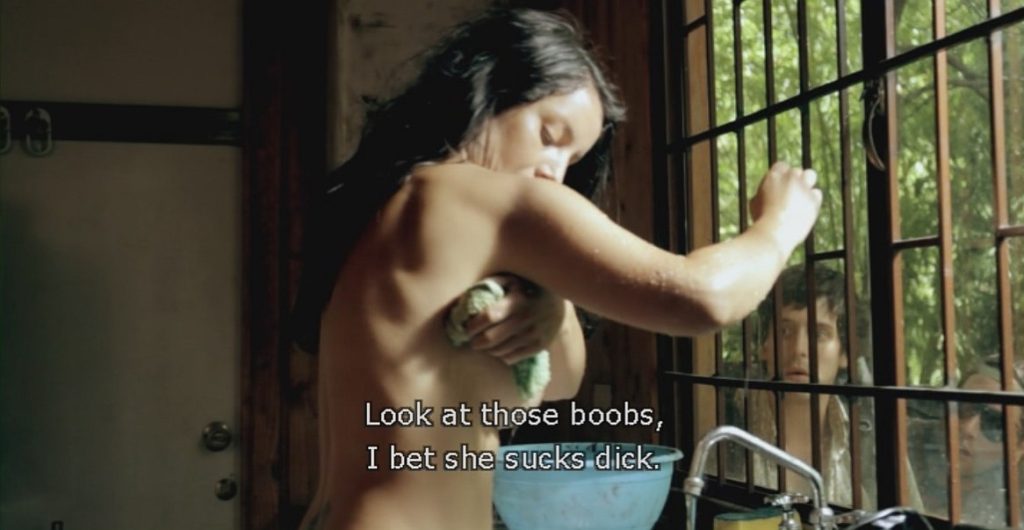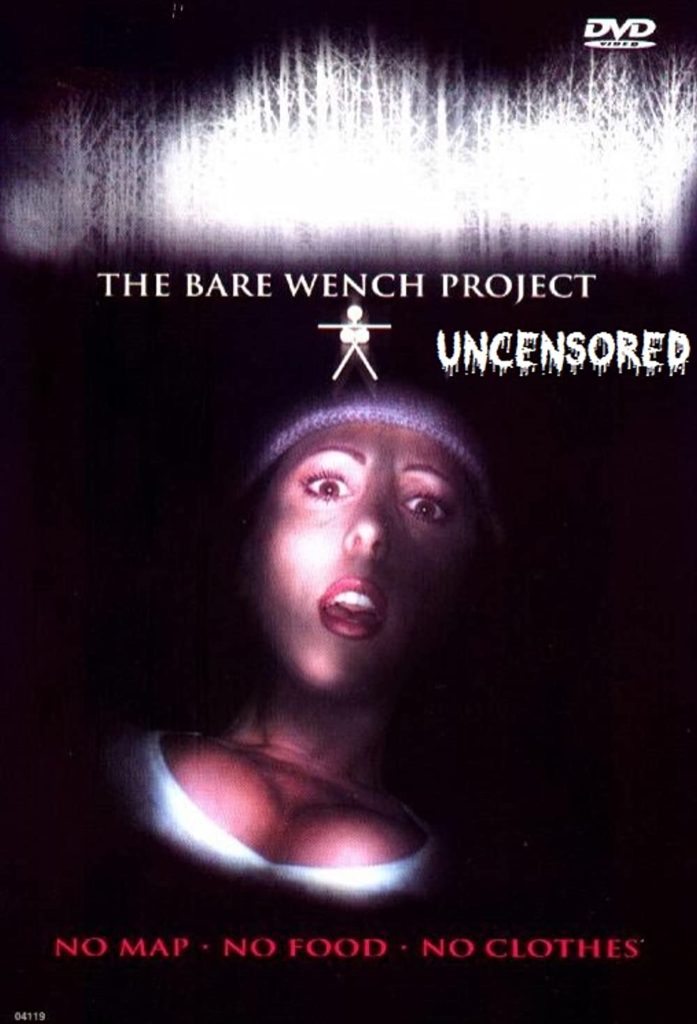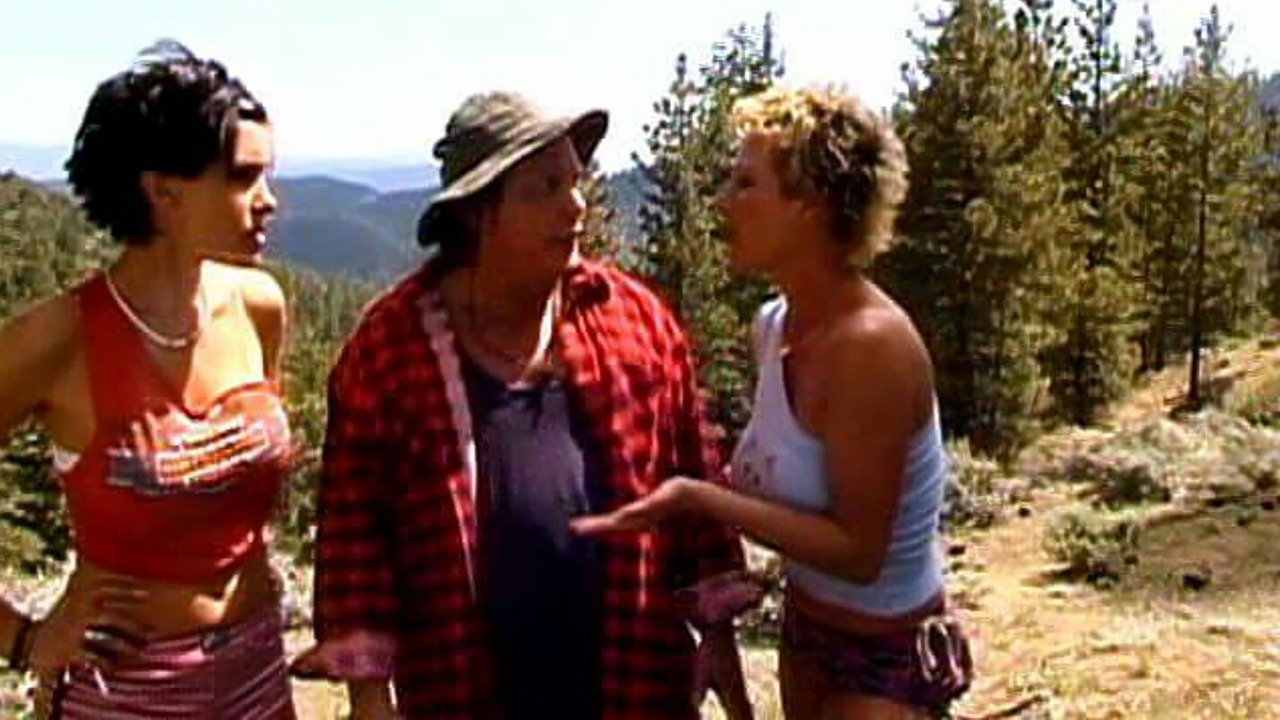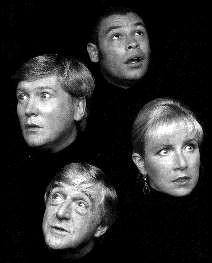And now, the end is near…or is it? By the time you get this, I will probably have gone to a better place. To be specific: Phoenix, Arizona. Yes, after several years of pontification and gradual progress, I am finally joining the Brain Drain and departing Perran Road (eight years in residence), HSBC (11.5 years), London (ten years) and Britain (34 years). Getting this issue out will be virtually the last thing I do before departing – I won’t quite be posting them at Gatwick, but to all intents and purposes I might as well be. Interested parties are referred to the inside front page for contact info. You are welcome to come visit!
While this is something to which I’m hugely looking forward, what it means for the future of TC is uncertain, because it’s probably the biggest change in my lifestyle since it was born. I started TC, largely because I was bored, and I doubt that will be the case for the foreseeable future. Printing and distribution will also, of necessity, radically alter since I’m going to be based in America.
The increasing importance of the Internet also comes into play. Hits on the TC site have tripled in the past two years, and sales of the printed version are in decline – there’s a point beyond which the latter just isn’t worth the time. However, we’re not quite there yet, and while the Internet is ideal for some things (cross-referenced Film Blitz reviews, and stuff that can’t wait 15 months for the next edition!), no-one really wants to read on-line, so I like to think longer articles will still find a home on paper.
All of which translates into a very big question-mark; this might be a good point at which to draw a line under the printed version, but getting this one out before I leave will let me move out without having to worry about it. The few months’ slack which usually follows an issue will let me settle in: if interest, time and opportunity permit, I’ll start on TC 24 in due course. If not, TC will continue solely on-line, though one of my current tasks is converting all the out-of-print issues and putting them up on the site. Suffice it to say, the world will hear from me again, one way or another.
Indeed, readers should keep an eye out on Channel 4 in spring 2001 for a documentary series about London strip-clubs, on which I’ve been helping out a bit. This may knock another couple of minutes off my fifteen of fame, although whether this will involve my mug appearing on screen is as yet uncertain. If I do, expect Jimmy Saville to publish an unedited transcript on his web site… The relevance of this will become clear shortly.
Top 10 Films of 2000 (so far…)
- Run Lola Run
- Gladiator
- Dancer in the Dark
- Beyond the Mat
- O Brother, Where Art Thou
- American Psycho
- Boiler Room
- Final Destination
- American Beauty
- Toy Story 2
With two months still to go, it may seem a bit early to be picking films of the year, but looking ahead, there’s not much upcoming – save Girlfight, which threw this issue into confusion (I was banking on it as “G” in the A-Z!) when they delayed its release, supposedly to improve its Oscar chances. Er, excuse me! If people can’t remember your film three months down the line, it doesn’t deserve an Oscar. I digress. Run Lola Run and Gladiator were head-and-shoulders above the rest, both managing to be excellent entertainment that engaged the mind as well as the heart.
Lars von Trier’s Dancer in the Dark was purely a film of the heart but packed an amazing wallop if you could suspend your disbelief, while Beyond the Mat left me shaking my head in wonder and wishing it was fiction. The Coen Brothers truly returned to form with O Brother, Where Art Thou, based on the works of Homer – and I don’t mean Simpson – while American Psycho lost the viciousness of the book, but became a far better brain-twister as a result, and would have been a fine double bill with Boiler Room. Final Destination had the moment of the year (the advert showing a cinema audience leaping vertically, is entirely accurate!), while American Beauty makes it in for sheer viciousness. Toy Story 2 was just fun.
As for the worst of the year, if I had paid to see either Bats or Stuart Little, I’d be demanding a refund.
It is ironic that I abandon Britain as the BBFC finally legalise hard-core pornography, and go to the US, where both presidential candidates blame Hollywood for all society’s ills. Still, what’s life without something to rebel against? As I write this, what I’m rebelling against is Demon, my Internet service provider, who claim that part of the TC site, an amusing but probably entirely fake Have I Got News For You transcript, is defamatory. They refuse to say what specifically is wrong with it (which makes it a bit hard to fix), or who complained, but I suspect the answer is…Jimmy Saville. How’s about that then, boys and girls? Even though there are a host of other places where the same material can be found, we’re not even allowed to mention them, courtesy of 19th century precedent. It’s all ludicrously amusing, though I am also acquiring an intimate knowledge of the 1996 Defamation Act.
Anyone keen to try out Customs new lax policy, in line with BBFC regulations, could do rather worse than order a copy of Sick Puppy Comix from Rabid Publishing, PO Box 93, Paddington, NSW 2021, Australia (www.sickpuppycomix.com). This slipped in just too late for Lino, but the phrase “does exactly what it says on the tin” comes to mind; I think the Spice Sluts one-pager amused me most of all.. What else has amused TC Towers over the past year? The Playstation 2 doubles as a multi-zone DVD player, so provides two excuses not to watch TV, as if the lack of quality programmes wasn’t enough. Exempted from this are Louis Theroux’s Weird Weekends, Buffy the Vampire Slayer, Ads Infinitum, Jam and The Powerpuff Girls. And Delerium in the top five. Whatever next, VNV Nation on Top of the Pops? We can but hope, since their Burning Empires CD is the best thing since sliced bread (though less good for toasting), and they are the most consistent live act I’ve seen.
Otherwise, I find myself powerfully drawn to “tribute albums”, which see people attacking – in some cases, “mauling” might be closer to the truth – other people’s songs. Until you’ve heard Rebecca Romijn-Stamos – yes, Mystique from X-Men – doing Prince’s Darling Nicki, you haven’t lived.
Fancy a bit of TC? Rik has kindly given us the original artwork for this issue's cover, and we're offering the one-of-a-kind item as a prize for the most amusing and witty (or simply most defamatory to Jimmy Saville) piece of feedback on this issue, be it by letter or email. Usual rules apply - whatever they might be. We’ll make them up as necessary!
Help with this issue falls into two categories: input & output. Premier spot in the former group goes to Chris Fata, who has been a fount of the tapes, magazines, CDs, kitsch and other essential fuels which keep TC running. Bikini Bandits, Brawlin’ Broads, The Big Bust Out, Buffy, barbed-wire bouts. And that’s just the B’s. Without her, there would quite simply be no TC. Go visit her website – www.trashcity.com – and buy beads. On the output side, Vanessa Wells converted raw texts into things of beauty using nothing more than Microsoft Word and artistic talent. Without her, TC would be a telephone directory with a cool front cover. Visit her website too – www.snarx.clara.net – and marvel at Her Royal Surrealness. [Vanessa: you can now get out of Fareham!]
We also thank: Rik Rawling for another fabulous piece of art, John Spencer for his valuable layout assistance, Phil for proof-reading, David (Kaiju), Tim (Escape), and all the contributors, both those we can name and those who prefer anonymity. Plus, in the “drinking beer, watching videos and chat” category: Andys Collins/Waller/Walmsley, Nicolas Barbano, Simon Moore, Jonathan Clements, Brian Bower, Ian + Kini, Pam, Steve + Mike, Vanessa, Steve + Abigail (whose patience with me over the past decade has been awesome!), Lino, Rob Dyer and HSBC for “sponsoring” TC since its inception all those years ago. Plus, last but not least, everyone who has bought an issue off me, whether from a shop, at a convention, by mail order, or merely to stop me hassling you in the queue at Shock Around the Clock. If it wasn’t for each one of you, I wouldn’t have bothered.
And with that, I put on my coat, open the door and go into a blinding white light that conceals, well, who knows what. If this were a film, the music would swell and the credits would roll. Will there be a sequel? Do I live happily ever after? Who can say…
“All these things are lost, like tears in rain…”
– Roy Batty, Blade Runner.







